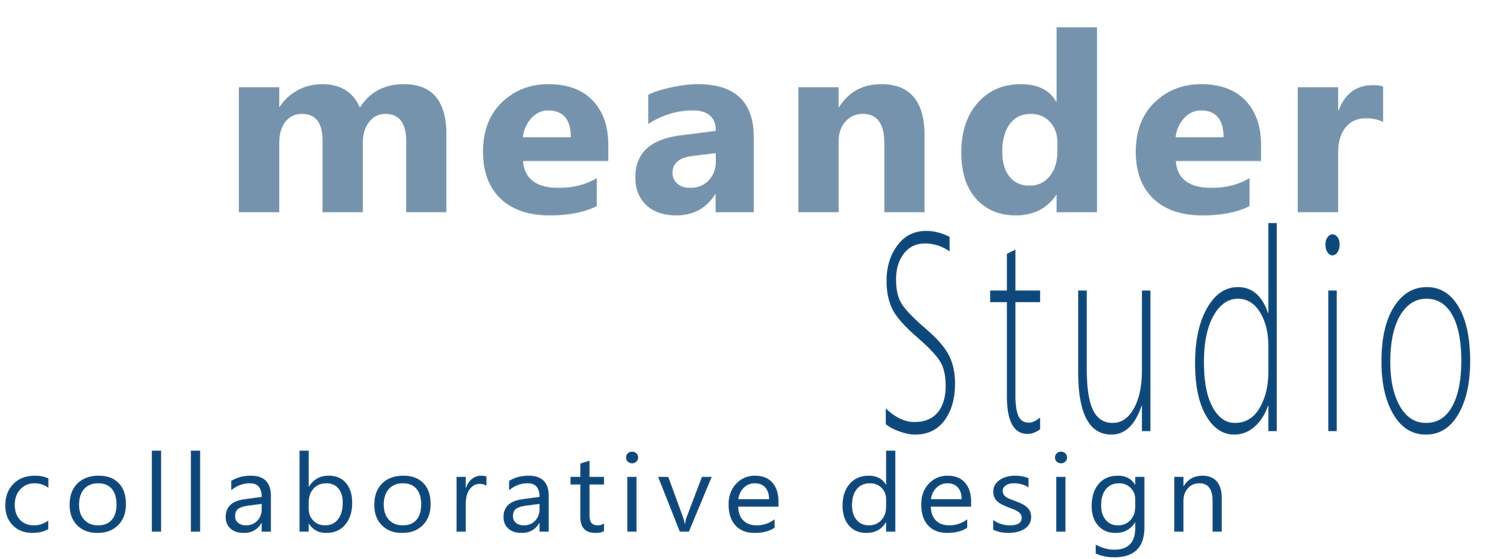When I started teaching at the BAC, I was fresh out of graduate school and looking for a way to stay engaged with academia through the testing of some theoretical and historical material that I thought was important to discuss with students. I am surprised, but happily encouraged, to find that over 17 years later, I am still discovering new ways to explore the craft of teaching. Part of this is due to my recognition of the synergetic relationship between academia and practice, which allows for a collegial professional mentorship which is unique in architecture. Another significant aspect is the contemporary necessity to constantly reinvent new ways of connecting with students who are much more savvy with computer technology and communication in ways that are radically different from before.
In many ways, my methods of teaching have evolved based on this technologically driven imperative. I began my teaching career by leading seminars and lecture courses within the history and theory of architecture in traditional classroom settings using slide lectures and discussion groups. My current role as Thesis Advisor/Instructor within the Distance M.Arch program requires that I engage in many different forms of computer-centered asynchronous communication to reach my students, who live in many different time zones and geographic locations. One of my strongest beliefs is that it is possible to recreate, in the Distance program, the collaborative nature of a traditional on-site studio: a collaborative quality which demands the best work of individual students and raises the quality of design work of the entire studio through their encouragement and engagement of architectural discourse. This is facilitated through multiple ways of communication available to us through digital technology.
My teaching of designers about how to approach a program, develop a process for solving the problem, and evaluate the solution is embedded in the ways that I was taught. The ways that I address these pedagogic concerns with my students is deeply influenced by my own teachers, privileged conceptual thinking and idea formation as central to the formal design process. My studio teaching experience, ranging from Core/Foundation to Thesis, has given me the understanding of how ideas are built upon year after year within an educational pedagogy. I believe that the end goal of architectural education is to allow students to develop their own creative self-expression within their work and to exhibit a multi-layered understanding of architecture through creative representation.
For me, studio is an opportunity to encourage students to research and come to conclusions about their findings, to internalize their findings, to find ways of talking about and representing their ideas through process and design work; and to share their work through engaged intellectual discussion with their classmates, critics and teachers. To represent their ideas, I continuously stress that they have a respect and ability for craft and making and subsequently representation that, although based on traditional models, are redeveloped to express the student's personal ideas. In addition, in order to provide a framework for their work to be understood in a larger context, I use my specialized knowledge of architectural history and contemporary theoretical discourse to provide examples that bridge the gap between a student's personal understandings of architectural production and that of the larger world.
Teaching, therefore, is to make the best of the tools that we have available. I know that my students are proud of the work that they produce under my guidance – as it often exceeds what they imagined that they could do. The possibility of guiding students to exceed their expectations and those of the profession is what inspired me to teach.











